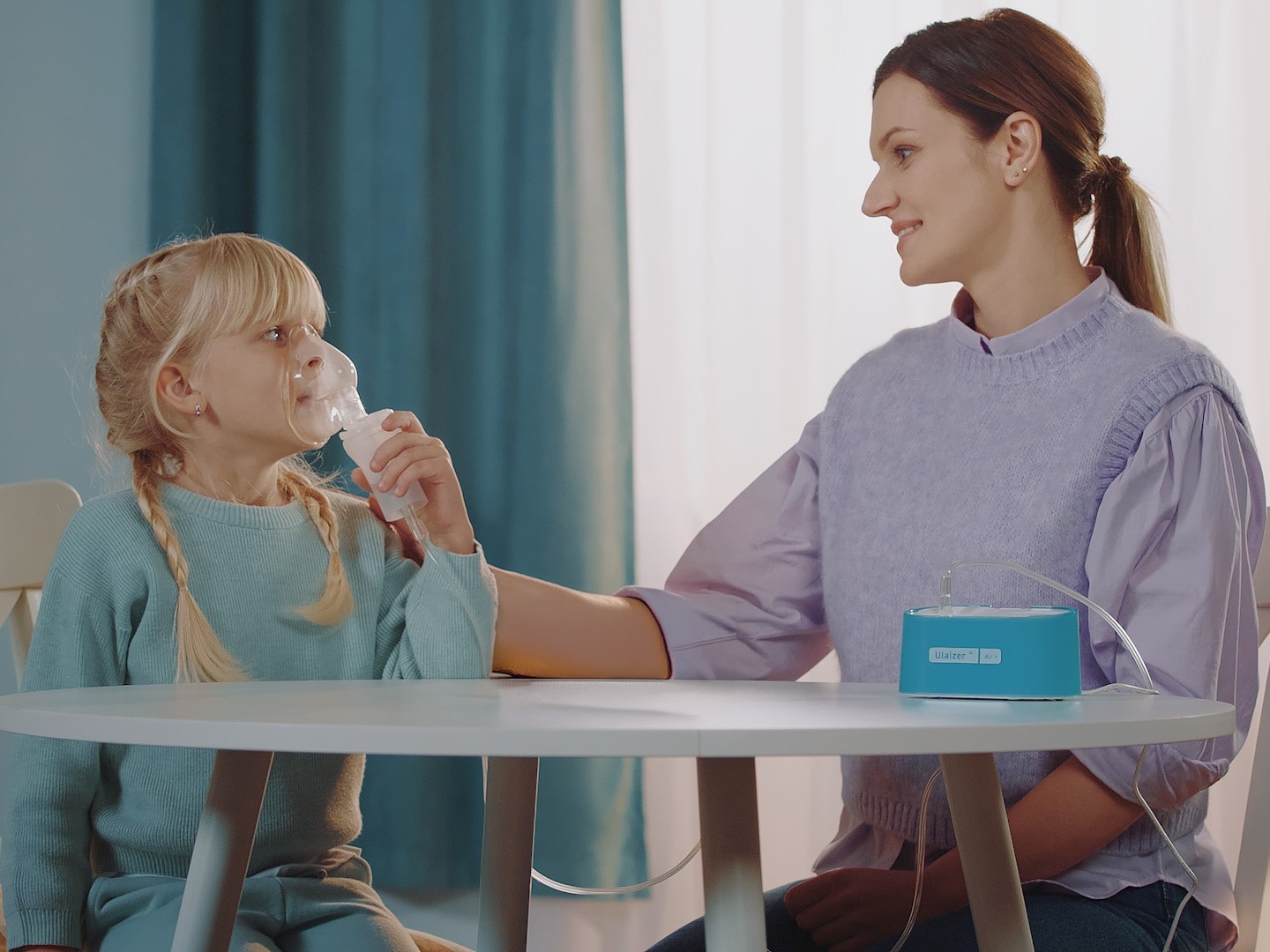Elimination therapy of allergic rhinitis and its role in patient management

Summary. Allergic diseases have a significant socio-economic impact. Asthma can be severe and sometimes fatal; allergic rhinitis and atopic dermatitis, although usually not severe, significantly impair the quality of life of patients.
It is well known that the risk of development and the severity of the clinical course of allergic diseases are related to the presence and concentration of allergens in the patient’s environment.
Elimination therapy is recommended at all stages of allergic rhinitis treatment in the most influential guideline in the world – ARIA (Allergic Rhinitis and its Impact on Asthma)
Since for most patients with respiratory allergic diseases, especially children, the main environment is their home, it is not surprising that indoor allergens are one of the main etiological factors for them.
Custovik (unpublished data, American Academy of Allergy, Asthma and Immunology, Annual Session 3708, 2008) suggests that allergen avoidance practices also reduce exposure to internal endotoxin. In genetically susceptible individuals who were at risk of allergy but had other CD14 alleles, the reduction in endotoxin actually increased the risk of developing asthma despite the reduction in exposure to the allergen.
Very few methods of indoor allergen elimination have been subjected to appropriate controlled trials. A meta-analysis of house dust mite avoidance recommendations points to the limitations of a number of studies. Most of them are based on the conclusions of experts. To truly affect allergy symptoms, multiple and effective interventions are required, and approaches must be targeted at the sensitizing allergen.
In this regard (without, of course, completely abandoning traditional methods of eliminating allergens), it is necessary to pay attention to alternative methods of eliminating allergens. One of these methods is to eliminate the allergen directly from the nasal mucosa using nasal irrigation and breathing procedures.
Breathing is a new procedure that is implemented through the act of breathing – the most physiological way of delivering drugs to the upper respiratory tract.
Breather Airox is a special device for breathing:
- provides an effect specifically on the upper respiratory tract, due to the generation of particles approximately 5 microns in size
- works at any angle, it is possible to breathing even while lying down
- holds different volumes of solutions up to 8 ml
- weighs approximately 90g
- has small dimensions (height about 11 cm)
- works from different power sources: batteries or via a USB port.
With the help of this procedure, we can provide mechanical removal of allergens from the mucous membrane of the nasal cavity, avoiding the main problems of nasal irrigation – discomfort, burning sensation and nasal bleeding, which is important for patients (especially children).
Thus, elimination therapy is of great importance in the treatment of patients with allergic rhinitis, because without its use, even a partial solution to the problem of respiratory allergy is not possible, since the severity of allergic rhinitis is directly related to the concentration of allergens in the environment. Elimination measures and education of our patients about their effective and correct use are extremely important.
Author: Bogomolov A.E., Vinnytsia National Medical University named after M.I. Pirogov.


